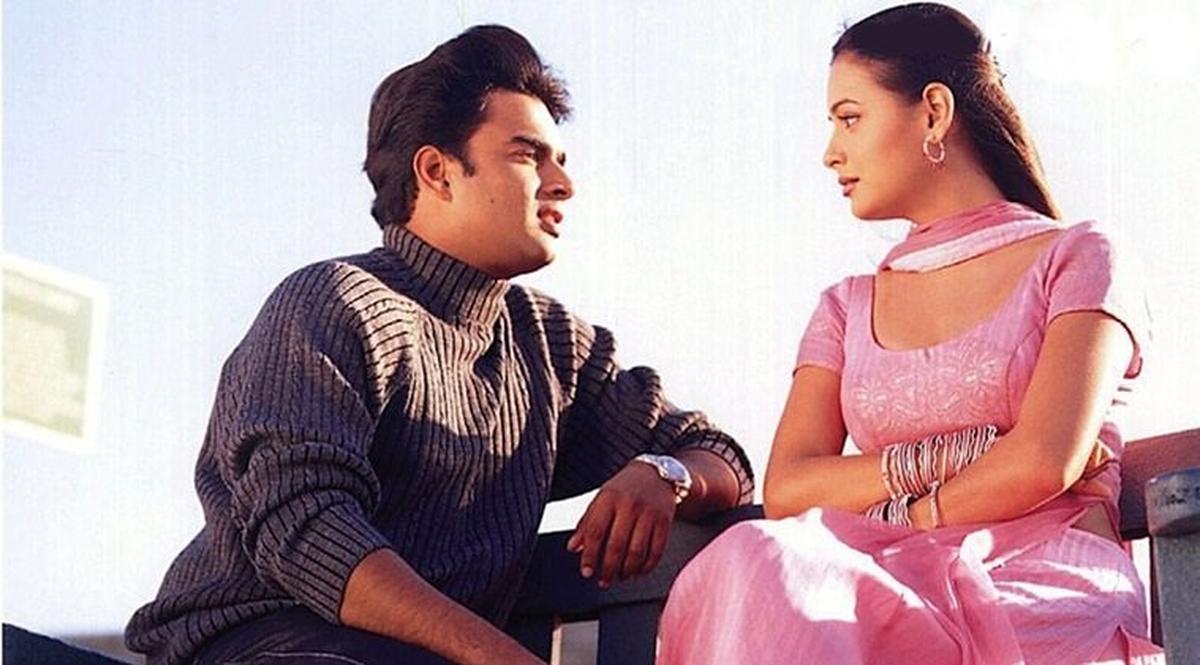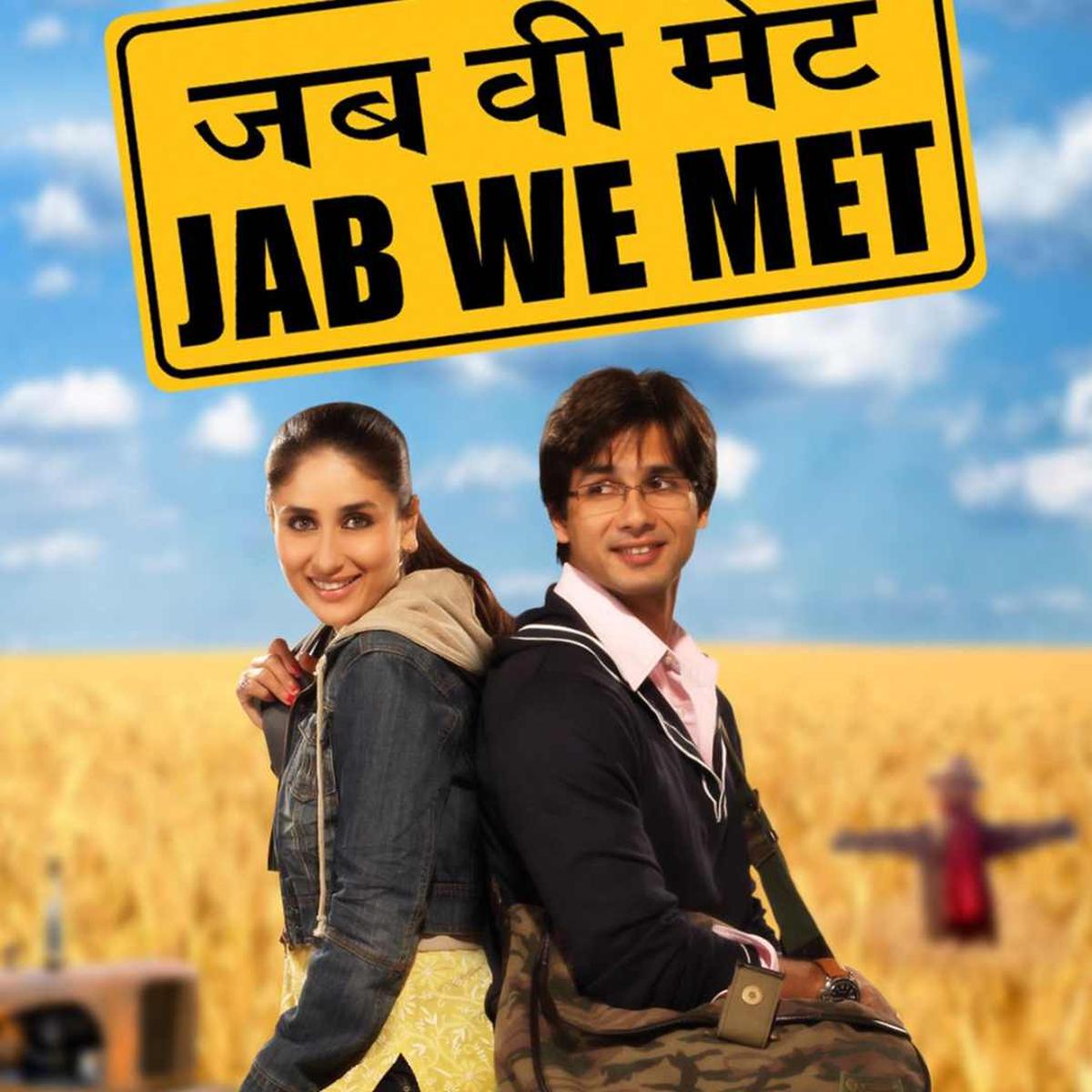Table of Contents
Mohit Kumar, a 35-year-old business executive in Noida, is impulsively scrolling on a ticketing app on his mobile to find the right film to watch with his spouse over the weekend. After a point, they are stuck between Imtiaz Ali’s Laila Majnu and Madhavan’s Rehna Hai Tere Dil Main for the 8 p.m. show. No, this isn’t time travel. The two films, released in 2018 and 2001 respectively, are screening at Noida’s popular Cinepolis multiplex for four shows each. Interestingly, Akshay Kumar’s Khel Khel Meinand John Abraham’s Vedaa, the two latest releases have gotten only four and three shows respectively in their second week and none have a prime time slot. It is yesterday once more at the box office as a slew of old films are being re-released to keep the cinemas populated after the pandemic sent the industry into a downswing.
Strolling through time
The trend started when PVR INOX released Imtiaz’s Jab We Met on Valentine’s Day this year. According to Kamal Gianchandani, CEO of PVR INOX Pictures, they were surprised by the massive response to the film despite it being available on a streaming platform and a regular feature on satellite channels. The response led to Imtiaz’s other romantic sagas, Rockstar (2011) and Laila Majnu also making a comeback on the big screen.

R Madhavan and Dia Mirza ‘Rehna Hai Tere Dil Mein’.
The latter, based on the classic love tragedy, saw long queues when it was re-released in Srinagar. Soon the word spread and the film which made just over ₹2.5 crore at the box office when it was first released in 2018, has already secured around ₹5.5 crore in its second coming with Mr. Gianchandani saying the business is as good as a new film in many centres. “Rockstar and Laila Majnu behaved just like brand new films at the box office. The surge showed that people continue to enjoy the theatre experience. New films continue to be the staple, they are the main food but old films are doing much better business than they used to do in the past and we want to capitalise on it,” he says.
As the word spread, many films belonging to different genres and sensibilities made a return. While some are accompanied by PR buzz, many are being discovered through the Bookmyshow roster. For instance, the return of Maine Pyar Kiya (1989) made news but Saajan (1991) was scheduled without the fanfare. The comeback of Lakshya (2004) was celebrated whereas Raja Babu (1994) made a quiet entry into the multiplex as part of a comedy festival.
If PVR INOX has found a business in classic romance, Miraj Cinemas, for now, is increasing footfalls with cult crime stories. Recently, the chain released the two parts of Anurag Kashyap’s Gangs of Wasseypur in one go. Amit Sharma Managing Director, Miraj Entertainment Limited says the film made ₹50 lakh in the first week of its re-release. “It is a healthy start considering in its first week, it was exclusively released in Miraj Cinemas.”
ALSO READ:R Madhavan, Dia Mirza’s ‘Rehna Hai Tere Dil Mein’ to be re-released in theatres
A lack of new content
There are multiple reasons behind the resurgence of previously released films. Mr. Sharma states that those who loved Mirzapur would want to watch the mother of such content, while Mr. Gianchandani reasons films that were slightly ahead of their time are resonating with the youth of today. But the bottom line, that most stakeholders agree upon, is that there is a dearth of new and quality content.
This year, there have only been two instances where there was more than one big release in a week. On the Eid weekend, both Bade Miyan Chhote Miyan and Maidaan delivered below par performances and among the Independence Day releases, only Stree 2 brought cheer to the business. An old hand remarks that post-COVID the situation is such that both the audience and the makers are identifying with horror comedies, referring to the success of Bhool Bhulaiyya-2, Munjya, and Stree 2.

PVR INOX released Imtiaz’s ‘Jab We Met’ on Valentine’s Day this year.
| Photo Credit:
IMDB
Apart from Akshay Kumar, big stars are avoiding yearly exposure. Even their younger counterparts in the big league are taking long breaks between two releases. The charm of issue-led films has faded and big-budget spectacles have been pushed back by the pandemic. Insiders say that small, content-rich films like 12th Fail and Laapata Ladieshave found an audience because they are backed by big production houses that have the money to generate awareness about the film.
However, films like Joramand Gulmoharthat betray an independent tone still don’t fit into the matrix. The south provides a more steady supply of big-screen entertainment but as Mr. Sharma points out Tamil, Telugu, and Malayalam films usually have a four-week window before they release on a streaming platform. “So, if a person misses the film in the first weekend, he is prepared to wait for the OTT release. With Hindi films, the gap is eight weeks. It is not an ideal situation but still gives a film some breathing space in theatres.”
In this scenario, bringing back films that didn’t get a proper theatrical run when they were first released or those that are not available on YouTube and streaming platforms makes sense. For instance, the deeply layered folk horror drama Tumbbad is returning to turnstiles next week. So does Riteish Deshmukh and Genelia D’Souza’s romance drama Tujhe Meri Kasam (2003).
Seasoned distributor Joginder Mahajan says that contrary to perceptions, the trend is actually driven by audiences in the age group of 15-35. In the distribution circuit, the sense is that the cinema business is cyclical and that after watching dark themes, the youth is seeking out family entertainment with a dash of 1990s nostalgia.
On the revenue front
Mahajan, the general secretary of the Motion Pictures Association, fondly talks of times when films returned for several re-runs. He has been testing the interest of the public in smaller centres by releasing money spinners of the 1980s and 90s with moderate success. Last week, he says, Govinda’s Aankhen (1993) made ₹1 lakh in a week in three single theatres in Agra despite heavy rain outside and Stree 2 in multiplexes. “We have been advising multiplexes to re-release old films but they would not listen. In corporate culture, that has taken over the film exhibition business, the personal touch doesn’t matter. They have realised the value of the maxim old is gold on their own after suffering a dip in business.”
ALSO READ:‘Stree 2’, starring Rajkummar Rao and Shraddha Kapoor, crosses Rs 500 crore-mark worldwide
While the distributor’s share of revenue is 50% for new releases, it is 30% for previously released films. But Mahajan says his fraternity sees this as an opportunity to add a few more lakhs without spending anything on publicity.
As tickets for older films are more modestly priced, they are proving to be a more affordable entertainment option for families. This has given multiplex chains a tactical insight into the spending pattern. A lesser-ticket price can bring more numbers. This has already been reflected in the surge in occupancy to 60-70% on National Cinema Day where ticket prices were as low as ₹99. Recently, for the first time, PVR INOX slashed ticket rates for a weekend with tickets priced at ₹99 on Friday and ₹199 on Saturday and Sunday. Mr. Gianchandani says it is an attempt to target specific segments of society. “We want to bring in people who have not been to theatres for a long time and encourage families to come back.” More families mean more food and beverage business. It goes without saying that it is the money spent during the interval that keeps the show running.
Published – September 06, 2024 12:27 pm IST

